Developer Insights: Class Identity, Hall of Fame, and New Cards
As Hearthstone expands and more patrons make their way to the tavern, it becomes increasingly important for us to revisit past designs to make sure we are building on the right foundation. Over the past 5 years of evolution and growth, we’ve learned a lot about what makes each of the classes in Hearthstone different and what unique experiences players should have when playing each of these classes. Headed into our next update, we’d like to take this opportunity to outline our current class identity philosophy and to share our thoughts on where we see each class in the future.

Establishing Class Identity
When defining a class’s identity, we’re primarily concerned with staying true to the following three guidelines: adhere to a class’s “fantasy”, define the things the class should excel at, and establish where the class should struggle.
When looking at the fantasy of each class we want to capture the emotion of the class through gameplay. That could mean charging headfirst into battle as a Warrior, wielding devastating magical spells as a Mage, or plotting the perfect combination of moves as a Rogue. Once we know what makes a class tick, we can make better decisions about what cards fit and empower that fantasy.
Establishing stronger class identities serves several purposes. Giving classes better defined characteristics allows us to have more freedom when creating new mechanics. We can push further into the extremes knowing that each class has downsides to balance out new power. It also enables more counter-play when there is a clearer understanding of a class’s strengths and weaknesses. For example, the knowledge that a Druid is weak against big minions lets you start planning your strategy from the start of the match, with little to no knowledge of your opponent’s specific deck.

Class Breakdown
Here’s a brief look into how we currently picture each of the classes:
- Strengths: These are the things that a class focuses on and excels at.
- Limitations: These are aspects that might show up a few times in a class, but they are very limited in power level and the number of cards.
- Weaknesses: These are aspects that a class either doesn’t have or struggles to achieve effectively.
Druid: Attuned with nature, Druids rely on the magic of the wild, massive beasts, and swarms of woodland creatures. Their toolbox allows them the versatility to pivot from defense to aggression. However, they have limited ways to directly clear out enemy minions.
- Strengths: Mana generation, giant minions, minion swarms, card draw, Beasts
- Weaknesses: Destroying big minions, board clear
Hunter: Hunters use their wit, ferocity, and an army of beasts fighting alongside them to destroy their competition. Although they lack in defense, their aggression allows them to push through before they need it. A well-timed Secret or Deathrattle can help them gain clutch advantages against their opponent.
- Strengths: Beasts, face damage, Secrets, Deathrattle
- Limitations: Card draw and generation, board clear, Taunt
- Weaknesses: Healing
Mage: Mages have mastered the arcane arts and use their wide range of spells to take on even the most aggressive of opponents. Their defensive cadre is limited—while a good Mage usually has a useful tool to deal with any situation, a great Mage conjures the right tool when they need it.
- Strengths: Spells (big and small), damage spells, Secrets, board clear
- Limitations: Minion swarms
- Weaknesses: Healing, Taunt, minion buffs
Paladin: Paladins are great champions who support their minions with buffs, healing, and divine shields; however, they are not afraid to get their hands dirty when the time comes. They are methodical, controlling the battlefield through debuffs and focused attacks instead of destructive spells. Strength and persistence are the keys to a Paladin’s victory.
- Strengths: Minion swarms, minion buffs and debuffs, healing, Divine Shield, Secrets
- Limitations: Cost reduction
- Weaknesses: Direct damage spells, destroying big minions
Priest: Priests balance holy light and shadow magic to defeat their opponents. They control a battle’s outcome using powerful spells with situational applications. While not the most aggressive, they are able to generate, copy, and use combinations of cards to create a powerful army.
- Strengths: Healing, narrow but powerful spells, copying, single-minion buffs, Deathrattle
- Limitations: Card draw
- Weaknesses: Face damage spells, multi-minion buffs
Rogue: Rogues hide in the shadows, planning for the perfect time to strike. They may be sneaky and nimble, but they lack strong defenses and regeneration, forcing them to act quickly to incapacitate an opponent. Their innate ability to generate, draw, and burgle cards allows them to build up and execute on many synergies.
- Strengths: Combo cards, destroying individual minions, card draw, weapons, Deathrattle
- Weaknesses: Taunt, healing, board clear, multi-minion buffs
Shaman: Shamans wield the power of the elements along with their trusty totems. While they may not be able to generate resources as quickly as a Mage, they are able to overload their Mana Crystals with lightning, allowing them to ramp up for a burst of power faster than other classes. Shamans are thus rewarded for planning a few turns ahead by tuning their mana curve. Shamans also have strong tools to adapt to many situations. Although they are not as versatile as a Druid’s Choose One cards, they are able to extend their capabilities in ways other classes might not be able to.
- Strengths: Minion swarms, damage spells, Totems, Elementals, Murlocs
- Weaknesses: Card draw, card generation
Warlock: Sometimes sacrifices need to be made for power, and when you get demons involved this is often the case. The Warlock is comfortable with this bond and can manage all their resources (including their Health) in order to defeat their opponent. Their inherent ability to draw cards—with a sacrifice—allows them to keep the power flowing.
- Strengths: Powerful sacrifice effects, card draw, minion swarms, disruption, Demons
- Weaknesses: Face damage spells, big healing
Warrior: Warriors thirst for the battlefield. Primarily a martial class, they incorporate Armor, weapons, and minions to destroy their opponents. The minions who fight alongside each Warrior tend to be bigger and stronger, and they employ Rush and Taunt to control the flow of battle.
- Strengths: Armor, weapons, Taunt, destroying minions
- Limitations: Card draw and generation
- Weaknesses: Face damage spells, multi-minion buffs, minion swarms
Neutral: Neutral cards allow classes to extend their strengths to reach a specific goal with their deck or to make up for some of their weaknesses. For example, a Paladin can add Neutral Murlocs to help them round out their deck, or a Hunter may use a Neutral card that gives them a small amount of healing so they can stay in the fight longer. These cards are generally lower in power level so a class can never completely overcome their weaknesses.

Addressing Identity Issues
As we’ve worked to define what each class should bring to the table, we’ve found several cards that don’t match our established class identities. We’ll continue to adjust the Basic and Classic sets as needed, but for this update we’ve decided to address the following two cards: [[Mind Blast]] and [[Vanish]].
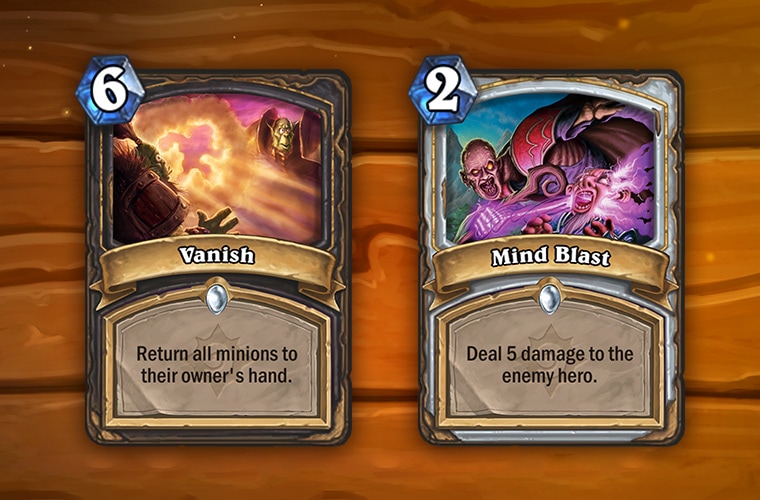
While we like Rogues’ knack for getting out of sticky situations with targeted removal, [[Vanish]] allows them to effectively clear an entire board. This negates one of their intended weaknesses, reduces our ability to design towards their strengths, and makes it much harder for players to strategize against a Rogue.
[[Mind Blast]] gives Priests the ability to inflict a large amount of direct Face damage. We want to limit the amount of damage that Priests are able to deal from their hand, which will allow us to make cards that better emphasize their strengths in controlling the game.
We’ll be adding [[Vanish]] and [[Mind Blast]] to the Hall of Fame and replacing them with effects that better speak to their classes’ core fantasies:
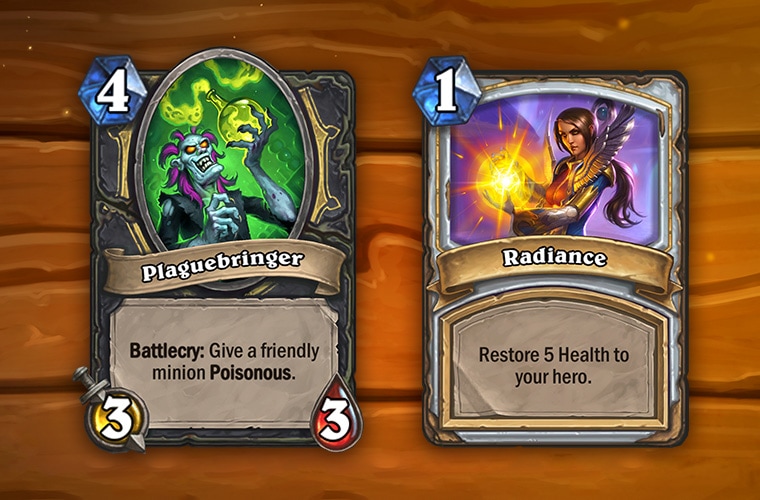
For Priests, we’ve added Radiance since we wanted to have a low-cost spell that could be used for tricky spell synergies that also provided a powerful baseline heal for the class. Plaguebringer provides Rogues with another way to destroy minions and further establishes this class as the masters of Poison.
All players who have the old Basic cards (Vanish and Mind Blast) will automatically receive the new Basic cards (Plaguebringer and Radiance) once this update is live.
If you have Wild unlocked, you’ll keep Vanish and Mind Blast as Hall of Fame Commons. If not, you’ll receive an equivalent amount of dust for all Golden and Non-Golden copies in your collection.
Standard decks will have Vanish and Mind Blast replaced with Plaguebringer and Radiance.

Adding New Classic Cards
Over the past several years, we’ve taken steps toward further defining class identities and maintaining a healthy meta-game by moving some over-represented or design-limiting Classic cards into the Hall of Fame, and by adding new cards to this set whenever appropriate. For instance, in 2017 we moved both [[Ragnaros the Firelord]] and [[Sylvanas Windrunner]] to the Hall of Fame, and we’ve more recently done the same for [[Divine Favor]], [[Ice Block]], and several other cards. Leading up to the release of Rastakhan’s Rumble in 2018, we also introduced some new cards to the Classic set, such as [[Pilfer]], [[Icicle]], and [[Tome of Intellect]].
We’re always assessing the prominence and impact of cards from every set, including Basic and Classic, and will continue to make changes when we believe it makes for a healthier meta-game and a better experience for players. This may come in the form of additions to the Hall of Fame or with the introduction of new cards that we feel bring some fresh new options to players, while still being healthy for the game.
When moving Classic cards to the Hall of Fame, we always look to introduce new cards to this set in order to keep a healthy amount of easily-obtainable cards available to players in Standard format games. We’ve been working for quite a while on some new additions to the Classic set, and we feel that now is the perfect time to bring them into the game.
Here’s a look at the new cards that will be available in Classic card packs (and craftable with Arcane Dust) starting with the next major update:

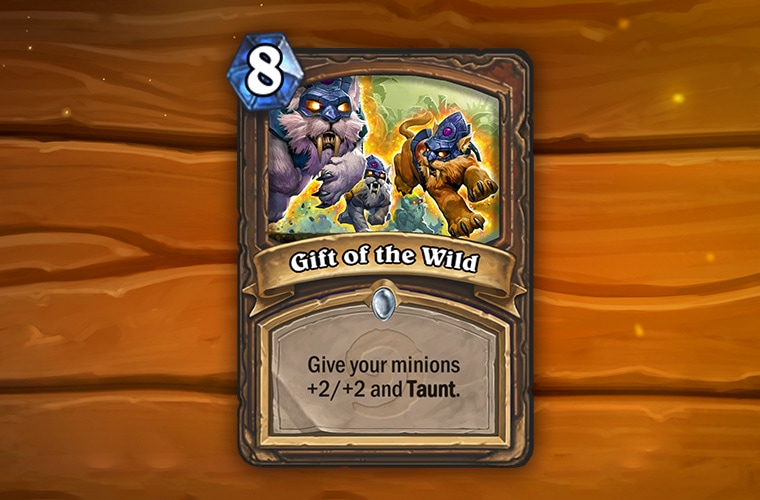
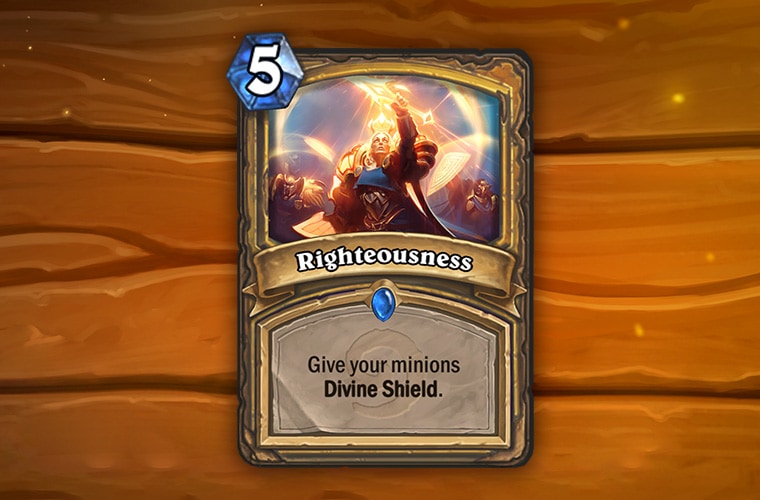
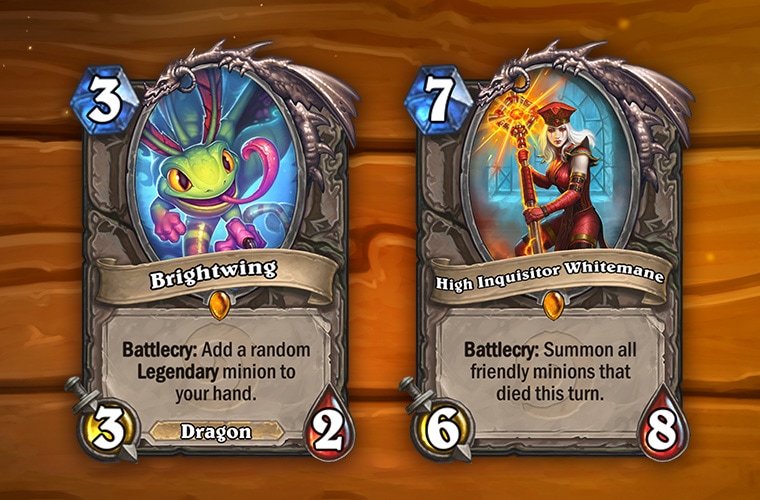
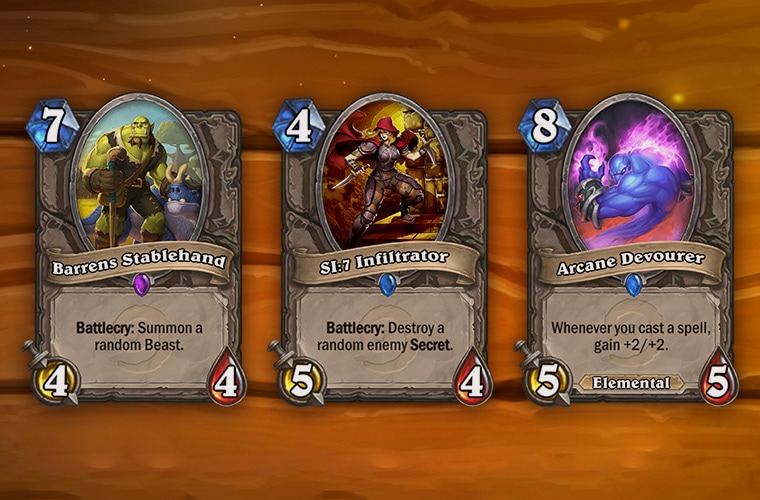
Since these are Basic and Classic cards (and so not subject to set rotation), we want to be careful with their power level so that Hearthstone can continue to feel fresh with each new year. At the same time, we’d like to provide effects that are natural for their class and can be useful in the right circumstances.

Your feedback is always welcome and appreciated, so we are very excited to share these changes with you before they’re in the game.
Let us know what you think in the comments section or on the Hearthstone forums. Thanks for playing!